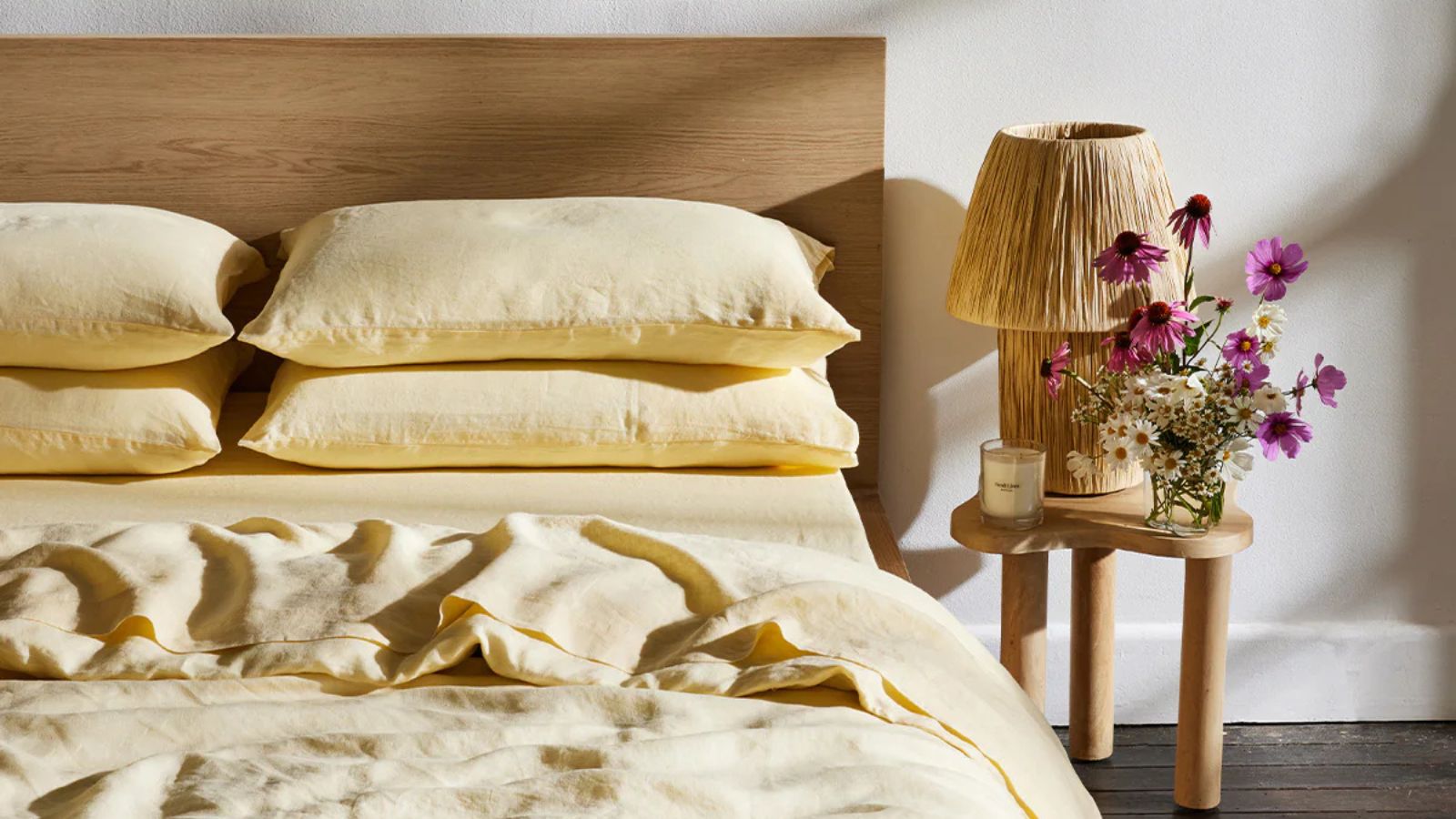
If you've ever tried shopping for sheets, whether online or in-store, you'll know that there is a vast array of bed sheet types. Different materials and weaves create a different look and feel to your sheeting. Still, to the untrained eye, it can be hard to spot the difference between different bed sheet types.
That's where I come in. As H&G's specialist Sleep Editor, I lead a team of expert testers in the search to find the world's best bed sheets. Together, we've sampled breathable bamboo, crisp cotton percale, and moisture-wicking wool, among others. We've learned the pros and cons of different bed sheet types and we want to share our hard-won wisdom with you.
I've arranged an expert A to Z of all the major bed sheet types. I've also asked bedding designers and sleep scientists to tell us more about their favorite and least favorite bed sheet types. To save you time and money, I've rounded up a few of my favorite sheet sets from the best places to buy bedding.
Bed sheet types − your expert A to Z
Before we begin, a quick disclaimer: you won't see any discussion of the best thread count for bed sheets below. That's because a high thread count doesn't always indicate high-quality sheets. A better indication is the thickness of the yarns and the length of the staples: the thicker and longer the fibers, the less likely it is that the sheets will pill.
1. Bamboo
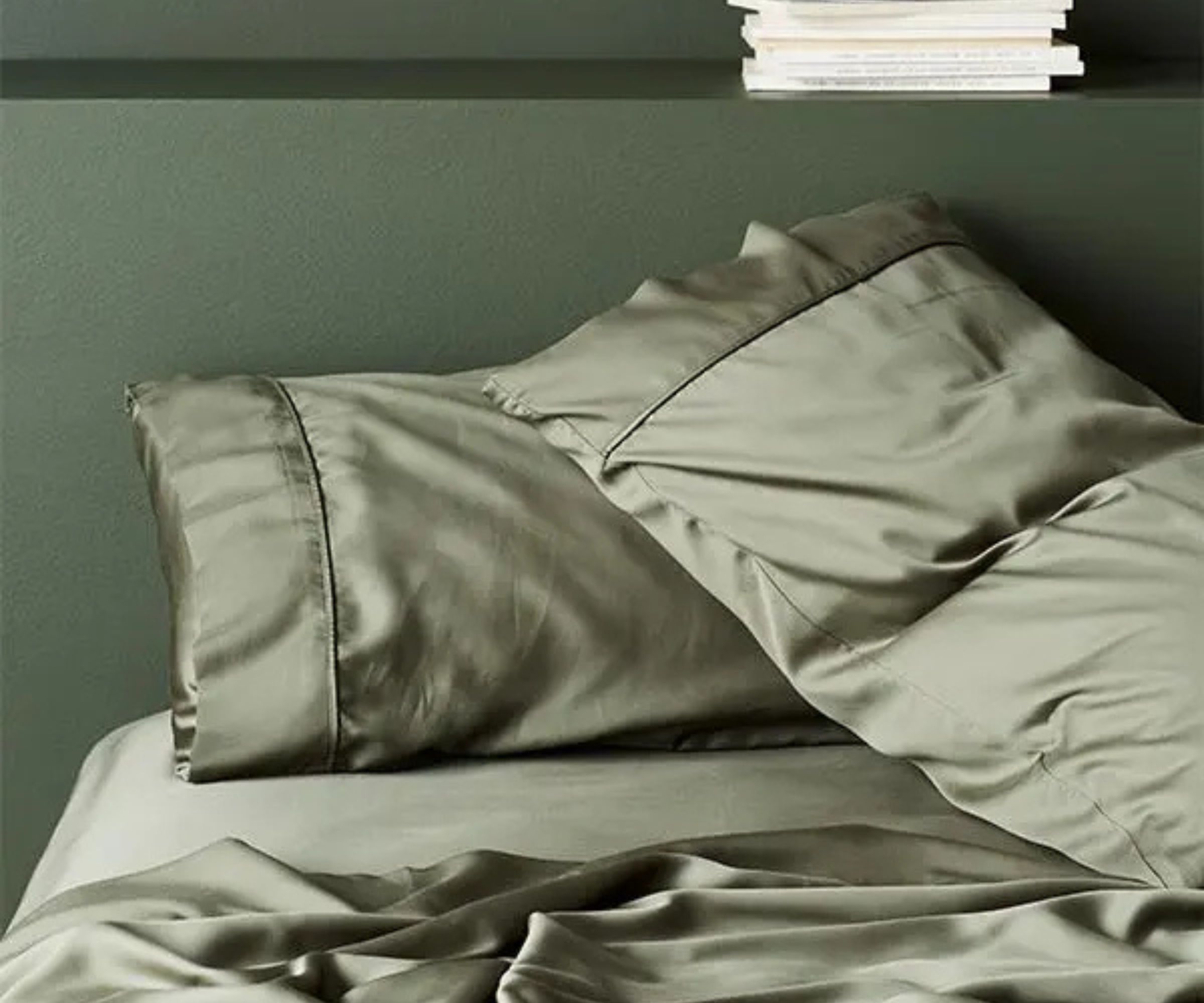
Christian Alexander, CEO of Nest Bedding, is a big fan of bamboo bedding. Christian explains that 'bamboo is naturally hypoallergenic and moisture-wicking,' which is good news for sleepers with sensitive skin and anyone who suffers from night sweats.
'Bamboo feels extremely soft with a silky texture,' Christian continues. 'As bed sheet types go, most bamboo is eco-friendly, but the chemical processing in some bamboo fabrics can reduce eco-friendliness.' It's worth knowing that bamboo viscose and bamboo/poly blends incorporate plastics.
These are the best cooling sheets money can buy. Bamboo is naturally moisture-wicking and antimicrobial, so it's built to bust the bacteria that breed in hot, sweaty environments, such as beds.
2. Cotton percale
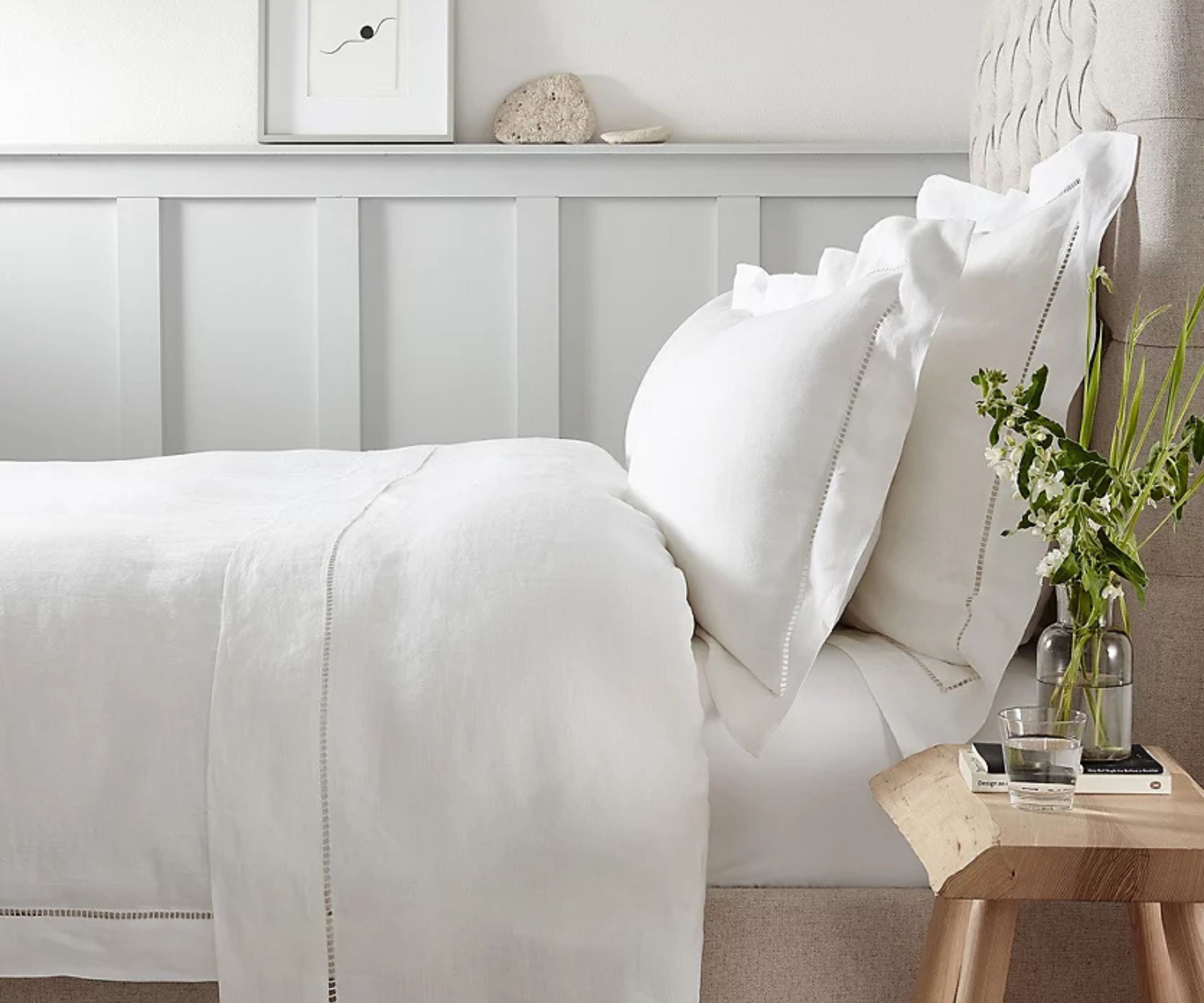
'Cotton percale is crisp, cool, and breathable,' says Parima Ijaz, bedding designer and brains behind Pure Parima. 'Simply woven one thread under, one thread over, cotton percale forms a loose weave with plenty of space for air to flow through the fabric. It's a great choice for hot sleepers.'
'Like a lot of natural materials, cotton percale may wrinkle easily and require ironing for a smooth look,' says Parima. 'Your cotton percale sheets may require a few washes to soften over time. Still, this durable weave can withstand frequent washing and nightly wear and tear.'
These cotton percale sheets saw me through a heatwave this summer. They feel crisp and cool, just the thing for hot sleepers and summer nights.
3. Cotton sateen
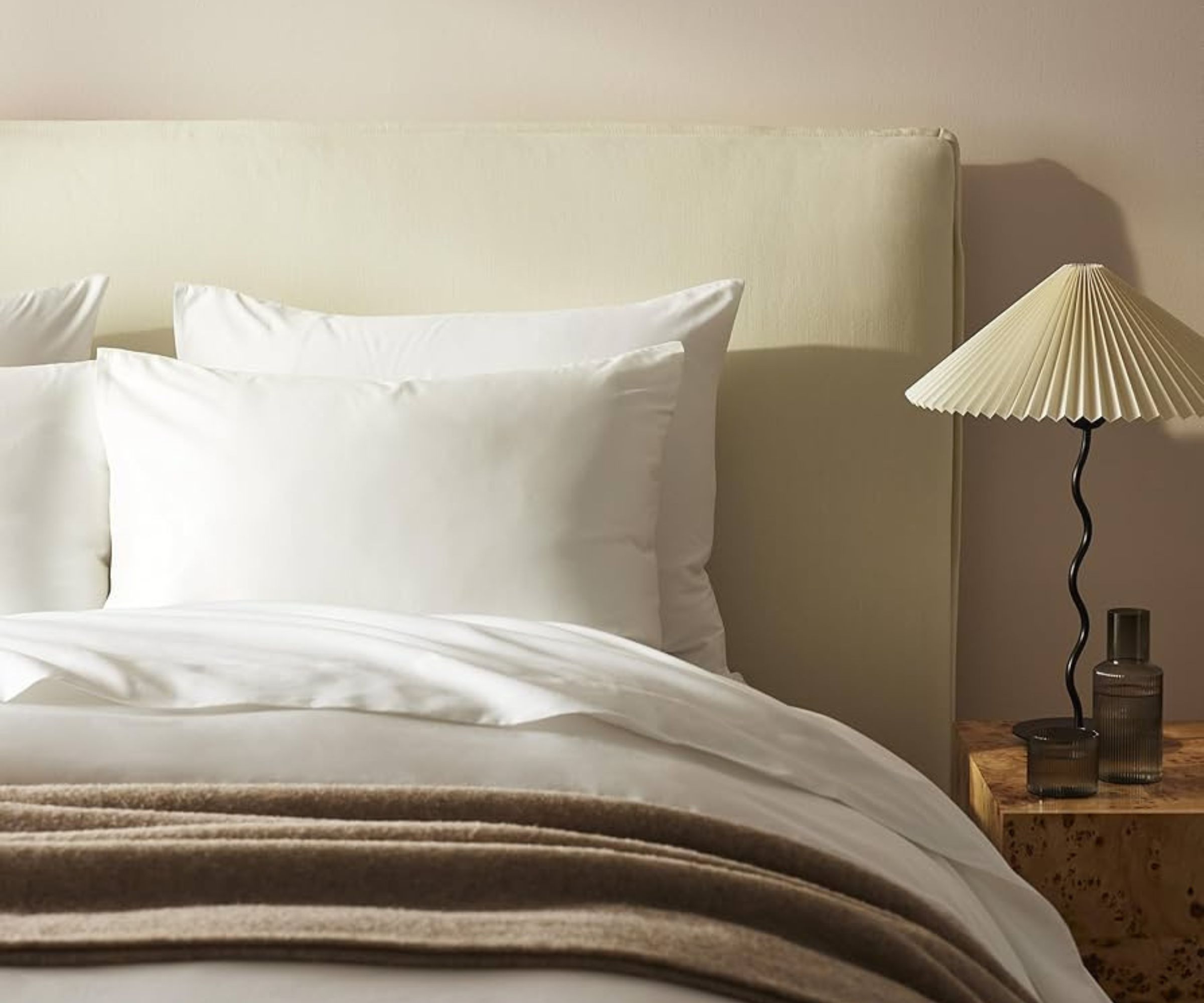
As a sleep medicine physician, Lizzie Benge emphasizes the importance of a sleep environment that promotes comfort and supports optimal rest. She can see the appeal of cotton sateen, which has a 'soft and silky feel. Where cotton percale is woven one-thread-over, one-thread-under, cotton sateen goes three-threads-over, one-thread-under. This creates sheeting that is less prone to wrinkles and slightly heavier, which can feel more luxurious and warm.'
While I'd recommend cotton sateen to cold sleepers and for winter use, I suggest that hot sleepers opt for cotton percale, which is more breathable.
I've spent the last year sleeping on Martha Stewart bedding,' says expert tester Camryn Rabideau. 'I didn't want to admit it, but I'm impressed. The cotton sateen feels soft against my skin, though it gets a little warm over summer.'
4. Egyptian cotton
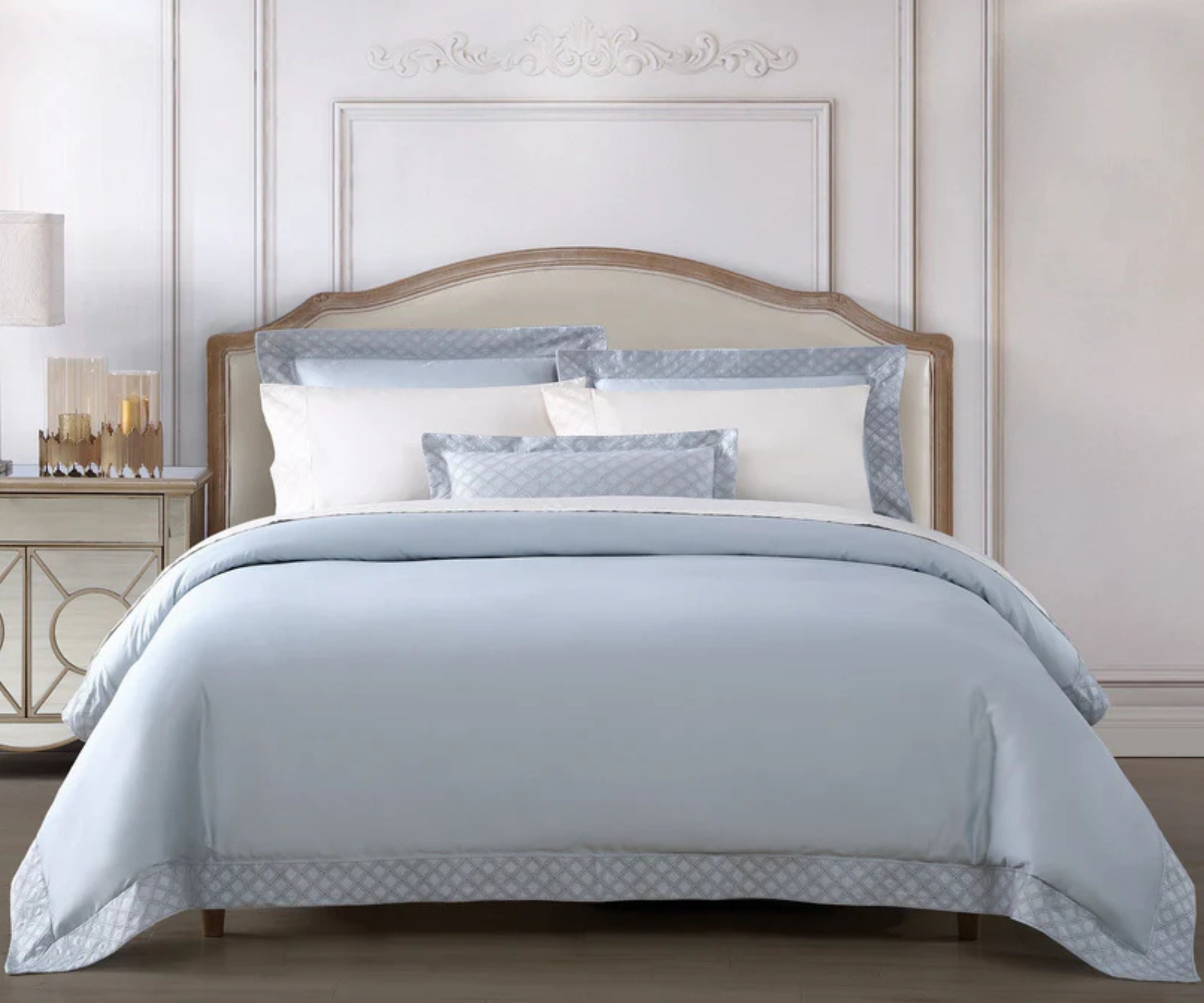
Parima Ijaz knows a thing or two about Egyptian cotton. It's her material of choice at Pure Parima because 'it's exceptionally soft, luxurious, and durable, not to mention highly breathable and moisture-wicking.'
Where 'percale' and 'sateen' denote how cotton fibers are woven, 'Egyptian' denotes where that cotton comes from: the fertile banks of the River Nile. 'Egyptian cotton is very rare,' explains Parima, 'only accounting for 1% of the world's cotton. Naturally, Egyptian cotton is more expensive than other types of cotton. Not all Egyptian cotton labels are authentic, either. Check for a seal from the Cotton Egypt Association to be sure.'
The Yalda Sheet Set boasts a 4.9 average star rating from 476 verified reviews. 'This is the second set of Yalda sheets I’ve purchased and they are seriously wonderful,' reads one recent review. They’ve helped me sleep cooler through my hot flashes for sure. I had bamboo sheets before and the Pure Parima sheets beat them by leaps and bounds.'
5. Eucalyptus
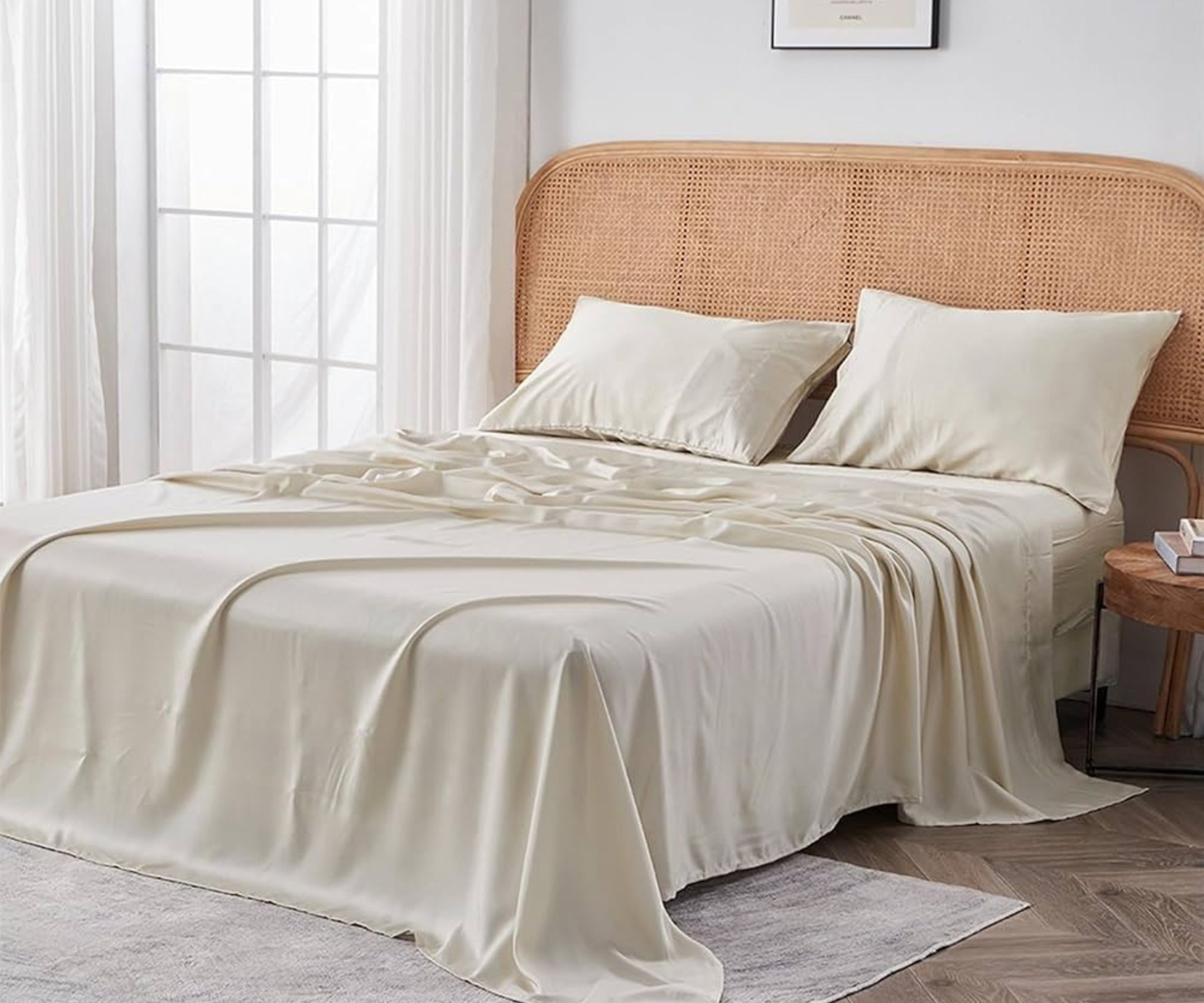
'Eucalyptus sheets are incredibly soft, breathable, and eco-friendly,' says Dr. Leah Kaylor, a clinical and medical psychologist who specializes in sleep. 'Much like bamboo, eucalyptus is naturally cooling, antimicrobial and moisture-wicking, so it's a great option for hot sleepers.'
'On the flip side, eucalyptus sheets are often expensive and prone to wear and pilling,' explains Dr. Leah. If you're looking for a similar bed sheet type that's longer-wearing, I suggest cotton or linen.
'AiryWeight Eucalyptus Sheet Set exceeded all my expectations,' reads one recent review. 'The fabric feels incredibly soft and luxurious, providing a hotel-like experience at home. The breathability of these sheets keeps me cool throughout the night, and I love how gentle they are on the skin. The quality is exceptional – no signs of pilling or fading even after several washes.'
6. Linen
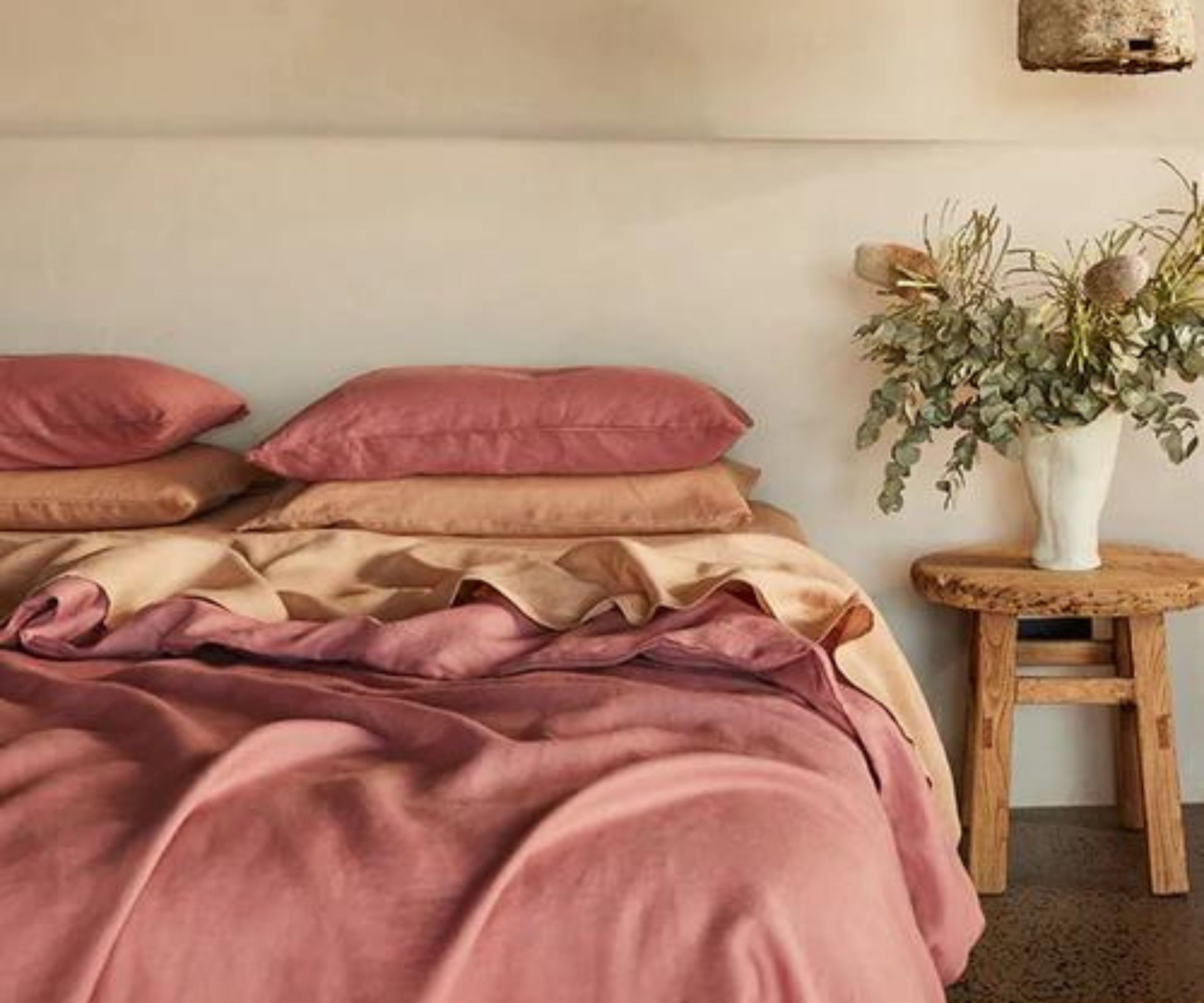
'Linen is very breathable and moisture-wicking,' explains Parima. That's why there is so much crossover between our best linen sheets and best cooling sheets buying guides. 'Like bamboo or eucalyptus, linen is naturally hypoallergenic and antimicrobial.'
'Out of all the bed sheet types, linen tends to be cooler, which is ideal for hot sleepers and summer use,' says Parima. 'Linen is also durable, thanks to the strength of the flax fibers. Although you might find that linen feels a little rough, the fibers tend to soften over time. Like a lot of natural fibers, linen is prone to wrinkling, but that's just part of its rustic charm.'
Linen sheets don't have to be super expensive. I'd say this Queen-sized set from Quince is highly affordable for luxury linen These lightweight sheets come in a wide range of warm and cool neutrals, as well as subtle stripes and cute gingham prints.
7. Microfiber
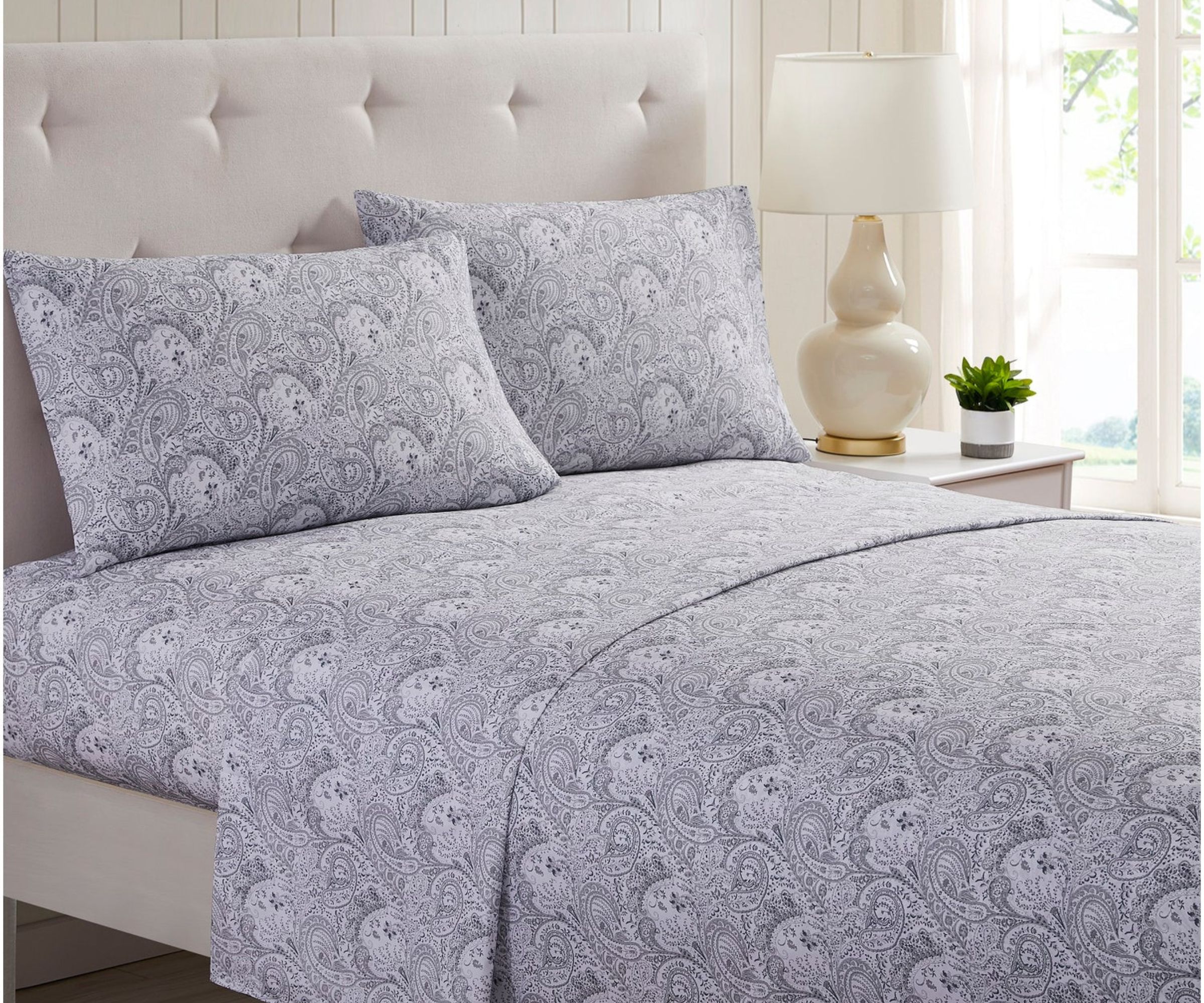
Many of the best affordable bed sheets are made from microfiber, which is a type of polyester. Lauren Wood, co-founder of Sirimiri, disapproves. 'My least favorite fabric is by far polyester, or anything mixed with polyester as the fabric is non-biodegradable and takes hundreds of years to break down. Also, when you wash polyester, it releases microplastics into our water system which is harmful to marine life and humans. As polyester is a synthetic material it doesn’t allow air to circulate as freely as natural fibres, trapping body heat and moisture.'
Lauren recommends micromodal, instead, which is 'derived from the inner pulp of trees from sustainably managed European forests. Micromodal is renowned for its exceptional softness, often compared to silk. Bed linen made from micromodal is gentle on the skin, providing a smooth and comfortable sleeping surface. The moisture-wicking properties of micromodal help absorb and release moisture, keeping you dry throughout the night. This is particularly beneficial for those who may experience night sweats or hot flashes.'
These are the best affordable bed sheets on the market, with more than 250,000 verified five-star reviews on Amazon. 'I have had all kinds of expensive sheets over the years and I like the Mellanni Queen Sheet Set the best,' says one recent shopper. 'Super soft, warm and durable, they wash and wear well. I like to have coffee and write in bed. Any spills miraculously wipe or wash right out of the fabric.'
8. Wool

Believe it or not, wool is 'excellent for temperature regulation,' according to clinical and medical psychologist Lizzie Benge. 'Wool is naturally insulating and moisture-wicking, ideal for cooler climates or sleepers who need extra warmth.' Lizzie's findings are reinforced by the Woolroom Clean Sleep Report 2024, which shows that wool can hold up to 33% of its weight in water (or sweat) overnight, keeping your bed and your body clean and cool.
'The downsides are that wool can feel itchy for sensitive skin and often requires specialized care,' explains Lizzie. You might want to invest in a garment brush, such as this Superio Lint Brush from Walmart, to keep your wool bedding looking neat and tidy.
What I love most about Shleep is the color range: each shade is inspired by natural landscapes. Choose between Olive Grove, Mesa Canyon, Coral Peony, Arabian Nightsky, Tropical Sand, and Charcoal Slate.
How to choose bed sheets
Your sleep style
If you suffer from night sweats or hot flashes, or you simply tend to run a little warm, then you're what's known as a hot sleeper. You'd benefit from a set of the best cooling sheets. As a general rule, you should avoid synthetic substances, such as polyester and microfiber, in favor of more breathable natural fibers, including bamboo, cotton, and eucalyptus.
Your color palette
The best white bed sheets are a classic for a reason, but you might be keen to experiment with colors, prints, and patterns. If you're interested, you can read up on bed sheet colors to improve sleep and learn which bed sheet colors to avoid.
Your budget
As H&G's resident Sleep Editor, I'm often asked, 'how much should I spend on sheets?' Before you start to shop, I suggest you set an upper and lower limit to your budget. Personally, I'd expect to spend at least $50 to get a flat sheet, a fitted sheet, and two pillowcases of decent quality, but I wouldn't spend any more than $500. Only you know what works for your budget, but take heart: you should be able to save some money in the bedding sales.
FAQs
Which bed sheet type is best for summer?
In warmer weather, you want your bed sheets to regulate your temperature. Steer clear of polyester or microfiber in favor of natural fibers. I recommend the best linen sheets for their breathability and durability. Linen is woven from flax fibers, which are totally hollow to boost breathability.
Which bed sheet type is best for winter?
I recommend cotton sateen for cold sleepers and winter weather. Sateen is a nice, tight weave which retains enough heat to keep you warm without trapping too much sweat. Avoid polyester, microfiber, and other synthetic fibers, which are not as breathable as natural materials.
As a sleep writer, I'm often asked: 'can you mix bed sheets?' The answer, of course, is 'yes', but there's a secret to doing it stylishly. I asked bedding designers how best to mix bed sheets by brand, material, and color to create a bespoke bedspread.







